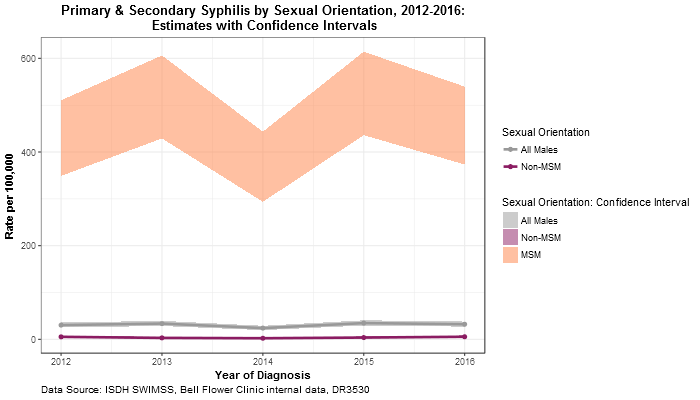The Consumption and Consequences of Alcohol, Tobacco, and Drugs in Indiana: A State Epidemiological Profile: 2018Substance use continues to be a major public health concern, negatively impacting a variety of health, legal, and social outcomes. Nearly one-fourth of Hoosiers ages 12 and older engaged in binge drinking in the past month and one-tenth used an illicit substance. Furthermore, 7% of Indiana residents met criteria for substance use disorder (SUD) in the past year and 6.5% needed but did not receive treatment for their SUD.
Of particular concern is polysubstance use, or the use of two or more substances over a defined period, simultaneously or at differing times, for recreational purposes. In over 70% of admissions to substance use treatment in Indiana, the use of multiple substances was indicated, with 30% reporting the use of two drugs and nearly 41% reporting the use of three drugs.
During state fiscal year 2018, a total of 10,483 children were removed from their parents by the Department of Child Services in Indiana; almost two-thirds (64%) of these removals were due to parental alcohol and/or drug use.
 Syphilis, Primary & Secondary in Males by Sexual Orientation (Marion County, 2012-2016)
Syphilis, Primary & Secondary in Males by Sexual Orientation (Marion County, 2012-2016)About 90% of primary and secondary syphilis cases in Marion County are in men. Case rates of primary and secondary syphilis for men who have sex with men (MSM) have remained much higher than for men who have sex with women only (MSW). In 2012, the estimated rate for MSM was about 78 times higher than for MSW, and in 2016, the estimated rate for MSM was about 80 times higher than for MSW. [DR3530]